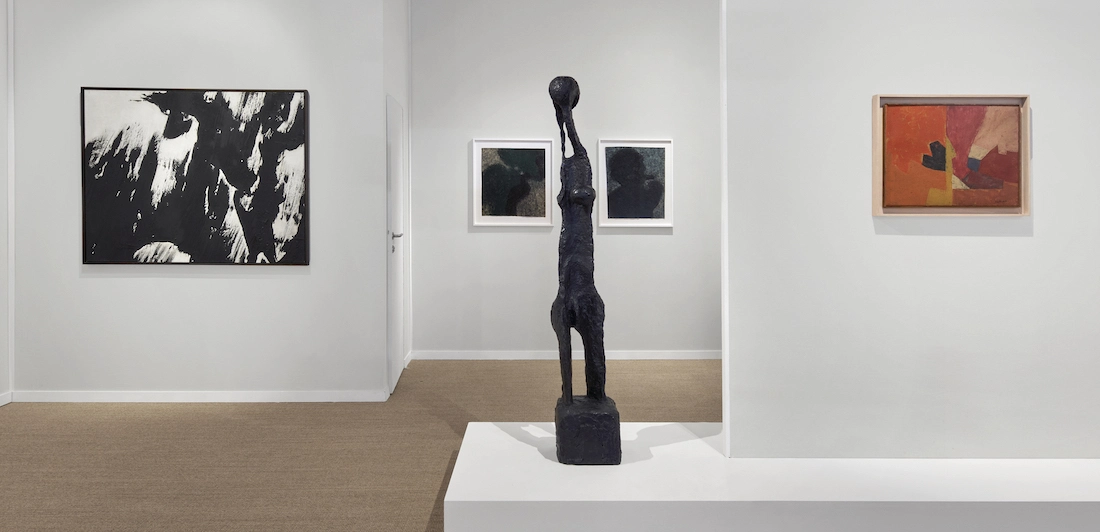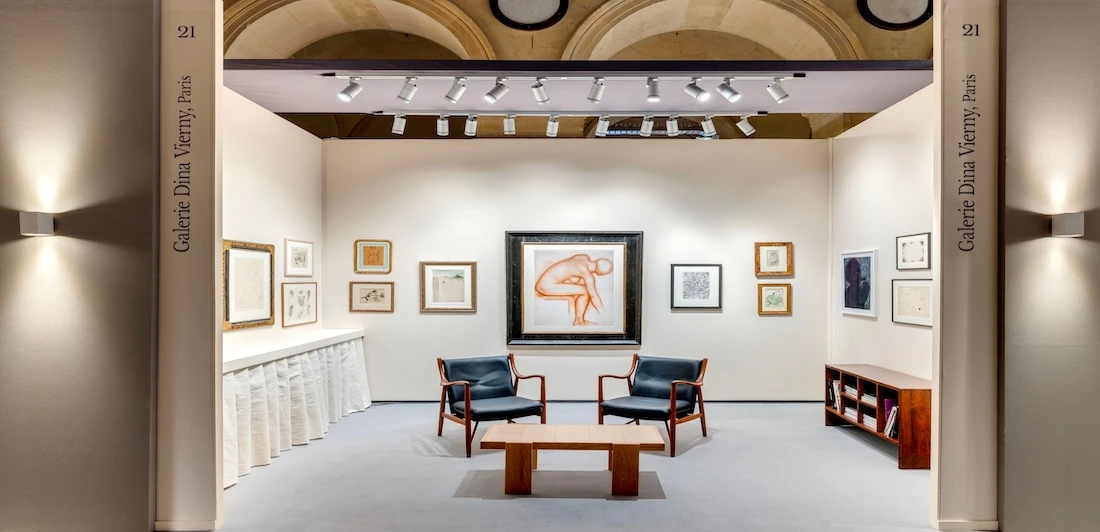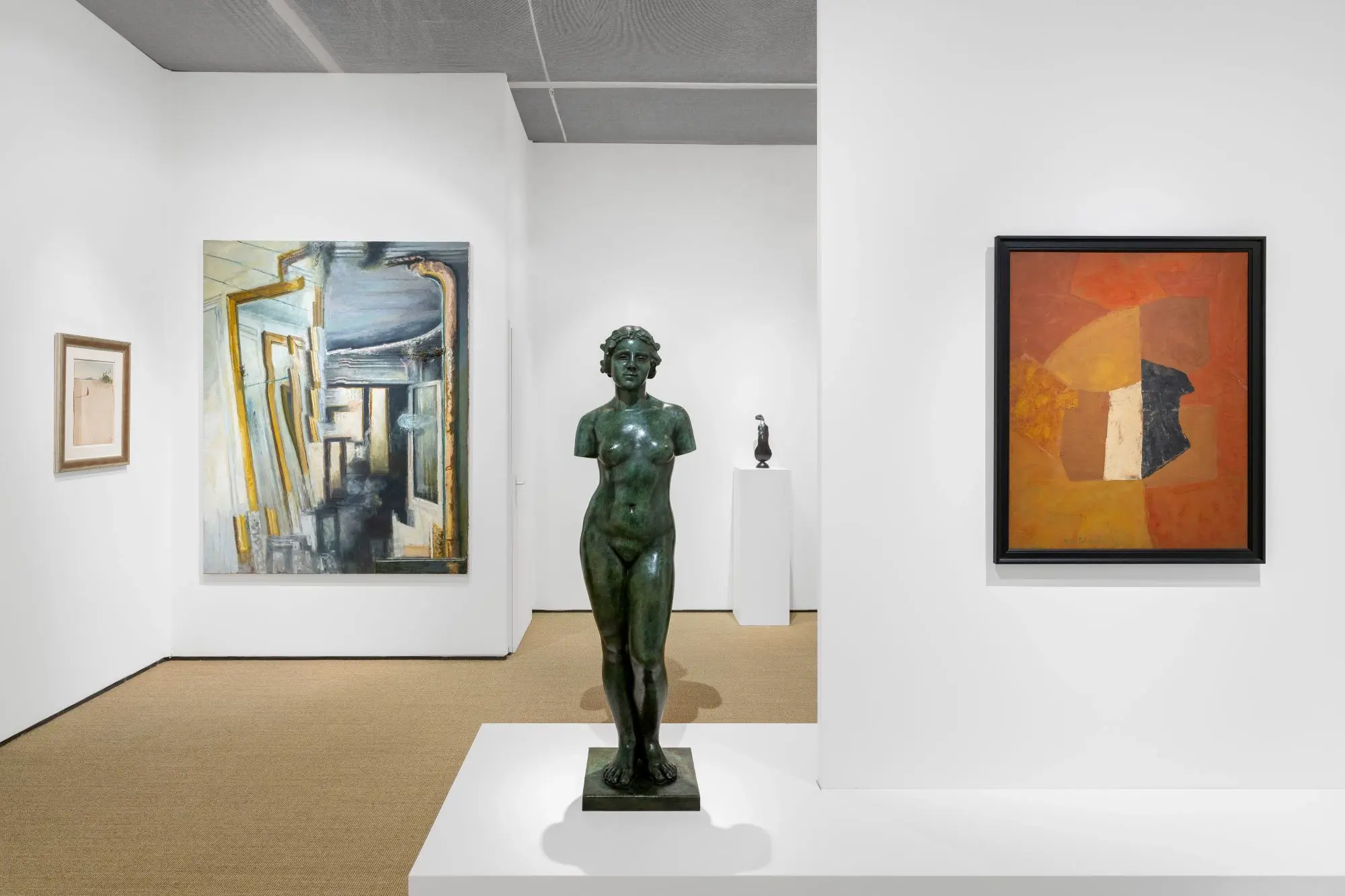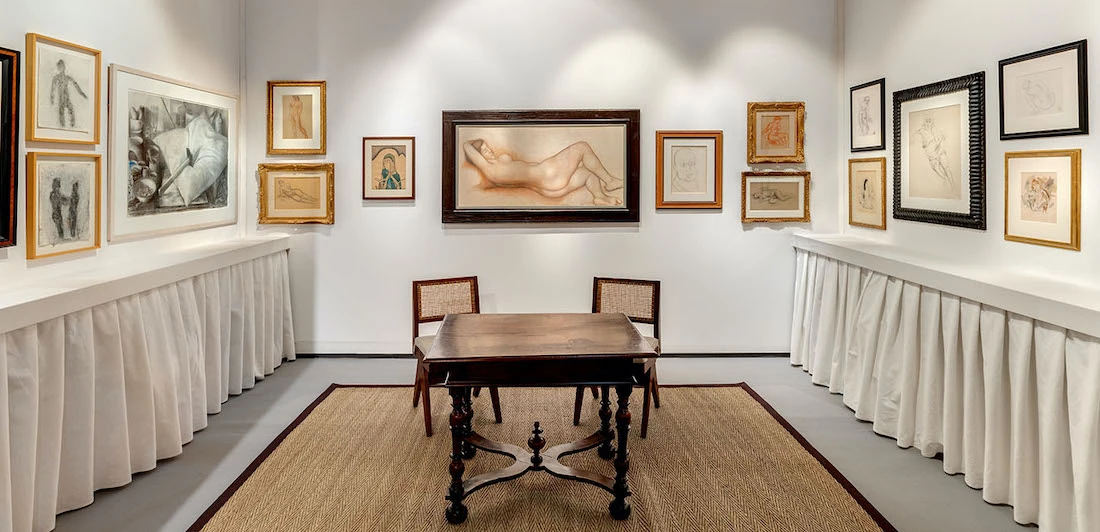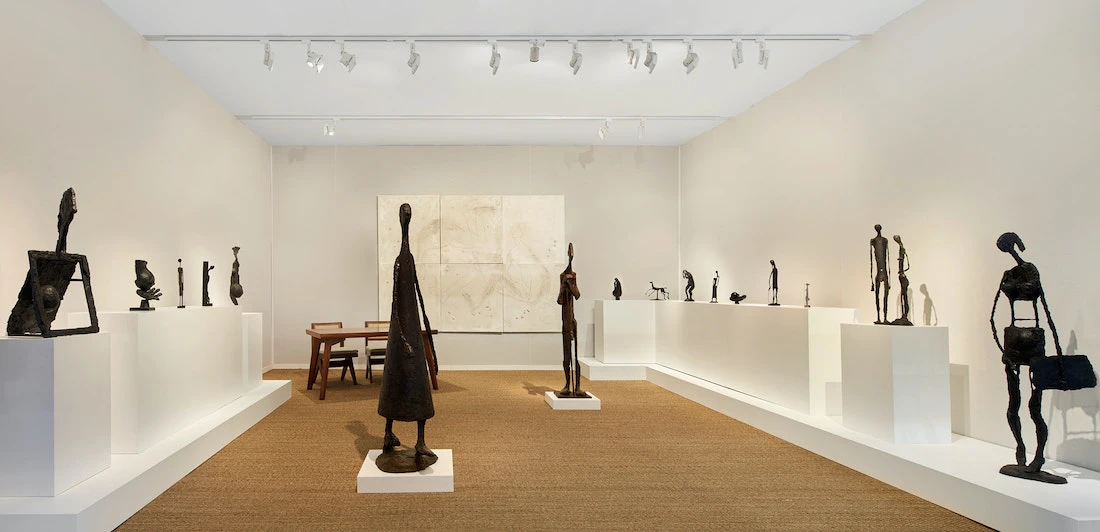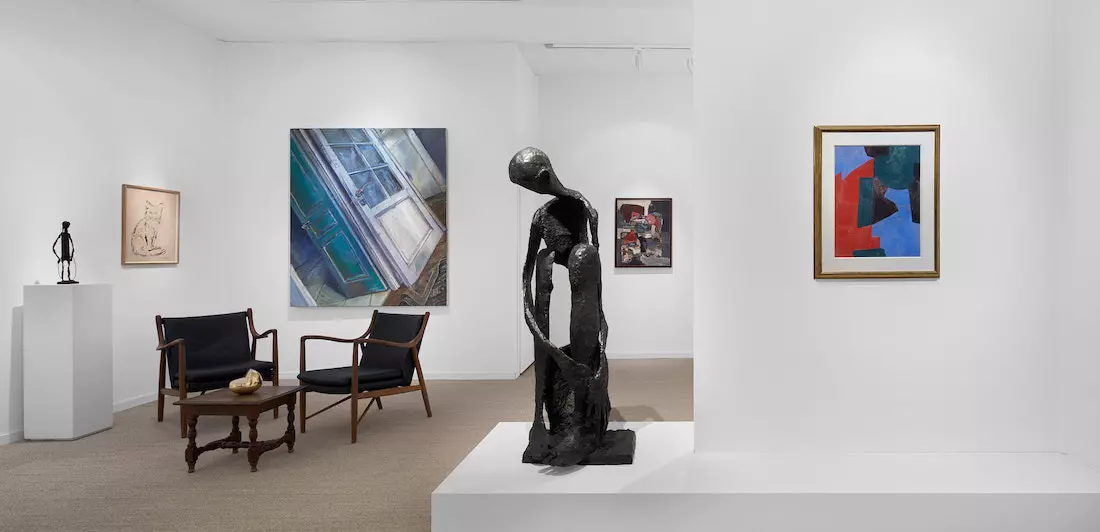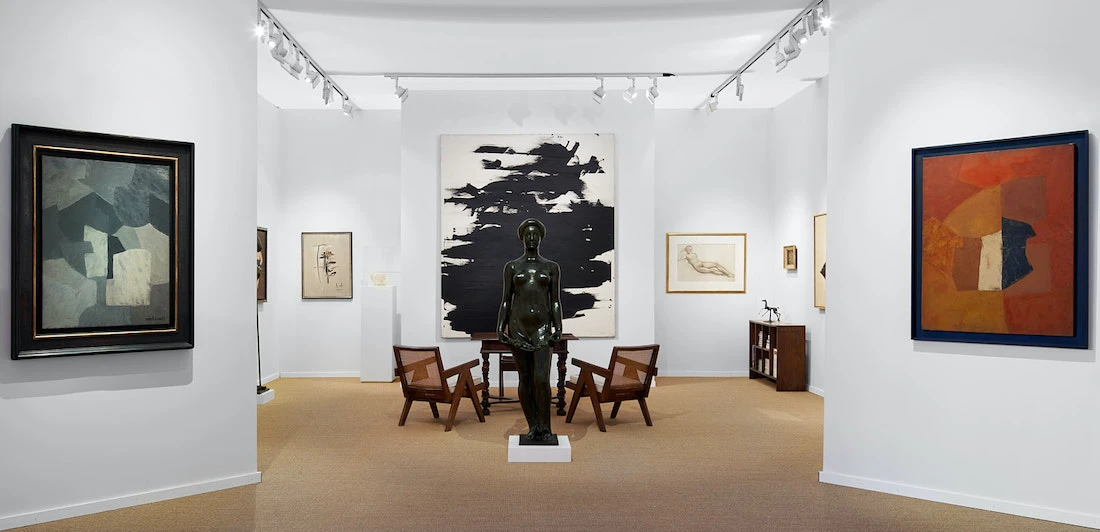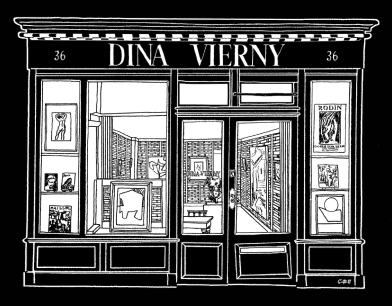All Exhibitions here
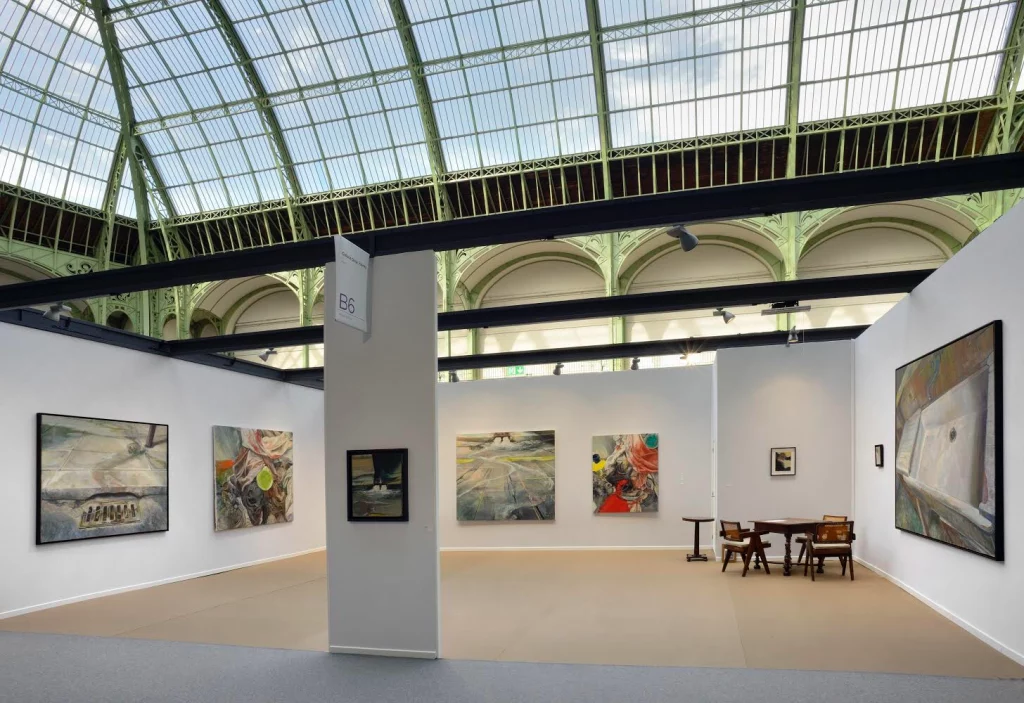
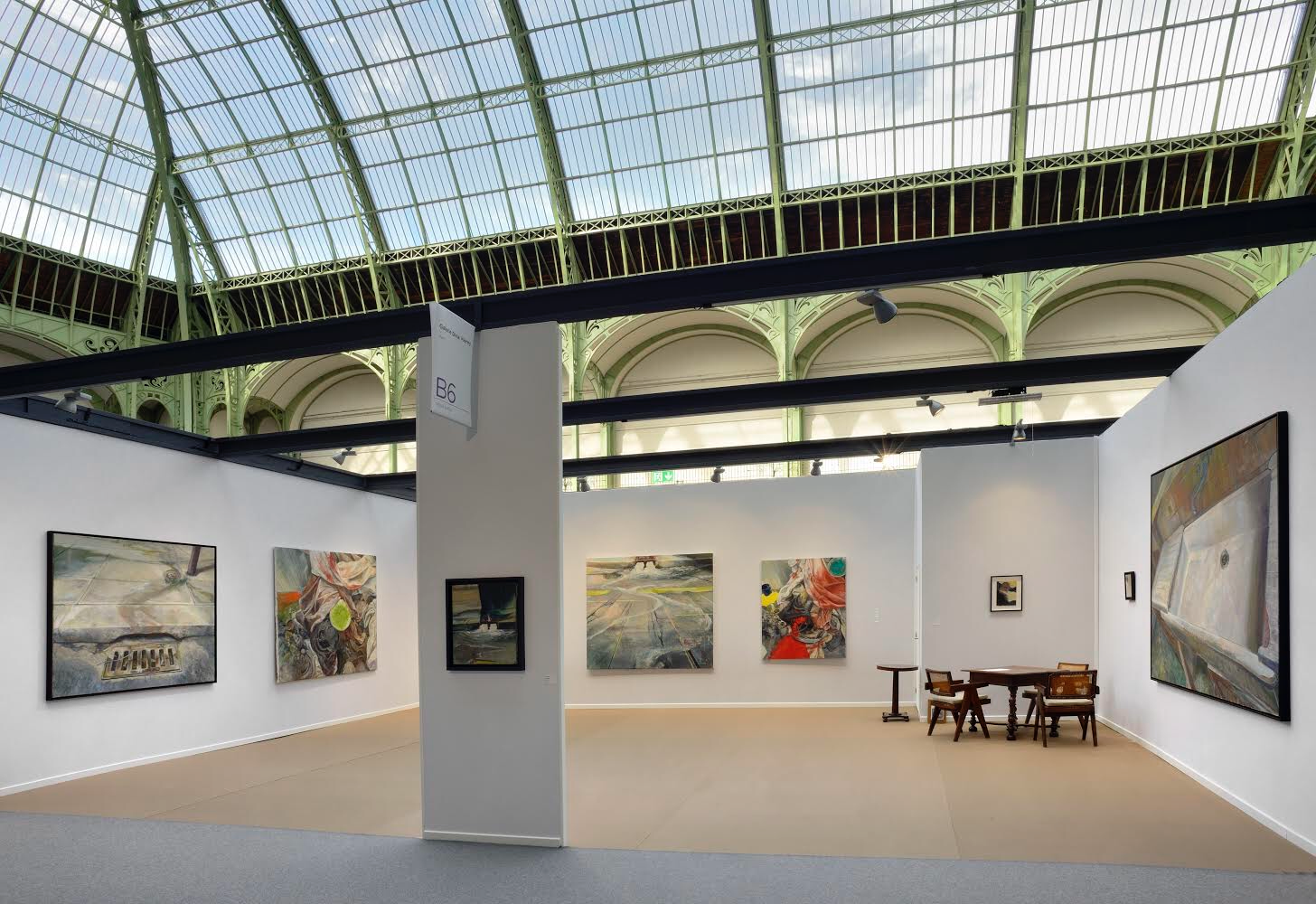
The event that Art Paris represents over five days allows us to present this year to the public, collectors, and enthusiasts the work of Ra'anan Levy in a space worthy of a major solo exhibition. Born in 1954, Ra'anan Levy is a Franco-Israeli artist who divides his time between Paris and Florence. He belongs to the lineage of great figurative artists of the 21st century. In recent years, he has been the subject of three major solo exhibitions at the Musée Maillol, both in France and abroad (London, New York, Tel Aviv, among others). He works with various mediums, from painting to mixed techniques, including different printmaking techniques, as well as drawing (charcoal, pastels, pencils, watercolor). His annual schedules are filled with sketches, ranging from barely outlined to extremely detailed.
Among his favorite subjects, apart from the "classic" theme of Western art, namely self-portraits, are more surprising ones: "pigments" (referred to as "essential elements," views from the artist's studio), sinks, manholes. The "empty spaces," abandoned apartments strewn with traces of diverse and mysterious lives; populated with windows and doors mostly ajar, comings and goings past and future, hint at possibilities of ghosts. Ra'anan Levy's recent works reveal a strong intensification of the theme of water. Water gushing from taps, manholes, vibrant pigments pouring into the center of the canvas like a potential threat, a devastating torrent. Through tightly framed compositions of intricate constructions, deliberate accumulations and saturations, strange back-and-forths oozing with murky substances, he creates perspectives of diagonals, bird's eye views that provoke dizziness – the fall? – for the viewer. The spectator literally "falls" onto these unstable and damp floors. Without human presence, manholes and drain covers, sink plugs, taps, tiles, jars, and fabric creases assimilate into living organisms, becoming mouths or eyes, cavities, bodily orifices that observe or absorb us, marked by a treatment of smooth surfaces punctuated by other granular layers. The surface of these metal or enamel objects is treated as layers of skin or flesh, lacerated with veins. His mastery of materials – be it oil or charcoal, tempera or pastel, or even engraving – invites us to dive, through the halos of dirt or wear, into the abyssal waters of the remnants of our existences. Whether in very large canvases or much smaller formats, Ra'anan Levy leads us into a profound and poetic inquiry, balanced between reality and dream, in a mysterious vertigo of pictorial matter.
Olivier LorquinThe event that Art Paris represents over five days allows us to present this year to the public, collectors, and enthusiasts the work of Ra'anan Levy in a space worthy of a major solo exhibition. Born in 1954, Ra'anan Levy is a Franco-Israeli artist who divides his time between Paris and Florence. He belongs to the lineage of great figurative artists of the 21st century. In recent years, he has been the subject of three major solo exhibitions at the Musée Maillol, both in France and abroad (London, New York, Tel Aviv, among others). He works with various mediums, from painting to mixed techniques, including different printmaking techniques, as well as drawing (charcoal, pastels, pencils, watercolor). His annual schedules are filled with sketches, ranging from barely outlined to extremely detailed. Among his favorite subjects, apart from the "classic" theme of Western art, namely self-portraits, are more surprising ones: "pigments" (referred to as "essential elements," views from the artist's studio), sinks, manholes. The "empty spaces," abandoned apartments strewn with traces of diverse and mysterious lives; populated with windows and doors mostly ajar, comings and goings past and future, hint at possibilities of ghosts. Ra'anan Levy's recent works reveal a strong intensification of the theme of water. Water gushing from taps, manholes, vibrant pigments pouring into the center of the canvas like a potential threat, a devastating torrent. Through tightly framed compositions of intricate constructions, deliberate accumulations and saturations, strange back-and-forths oozing with murky substances, he creates perspectives of diagonals, bird's eye views that provoke dizziness – the fall? – for the viewer. The spectator literally "falls" onto these unstable and damp floors. Without human presence, manholes and drain covers, sink plugs, taps, tiles, jars, and fabric creases assimilate into living organisms, becoming mouths or eyes, cavities, bodily orifices that observe or absorb us, marked by a treatment of smooth surfaces punctuated by other granular layers. The surface of these metal or enamel objects is treated as layers of skin or flesh, lacerated with veins. His mastery of materials – be it oil or charcoal, tempera or pastel, or even engraving – invites us to dive, through the halos of dirt or wear, into the abyssal waters of the remnants of our existences. Whether in very large canvases or much smaller formats, Ra'anan Levy leads us into a profound and poetic inquiry, balanced between reality and dream, in a mysterious vertigo of pictorial matter. Olivier Lorquin
